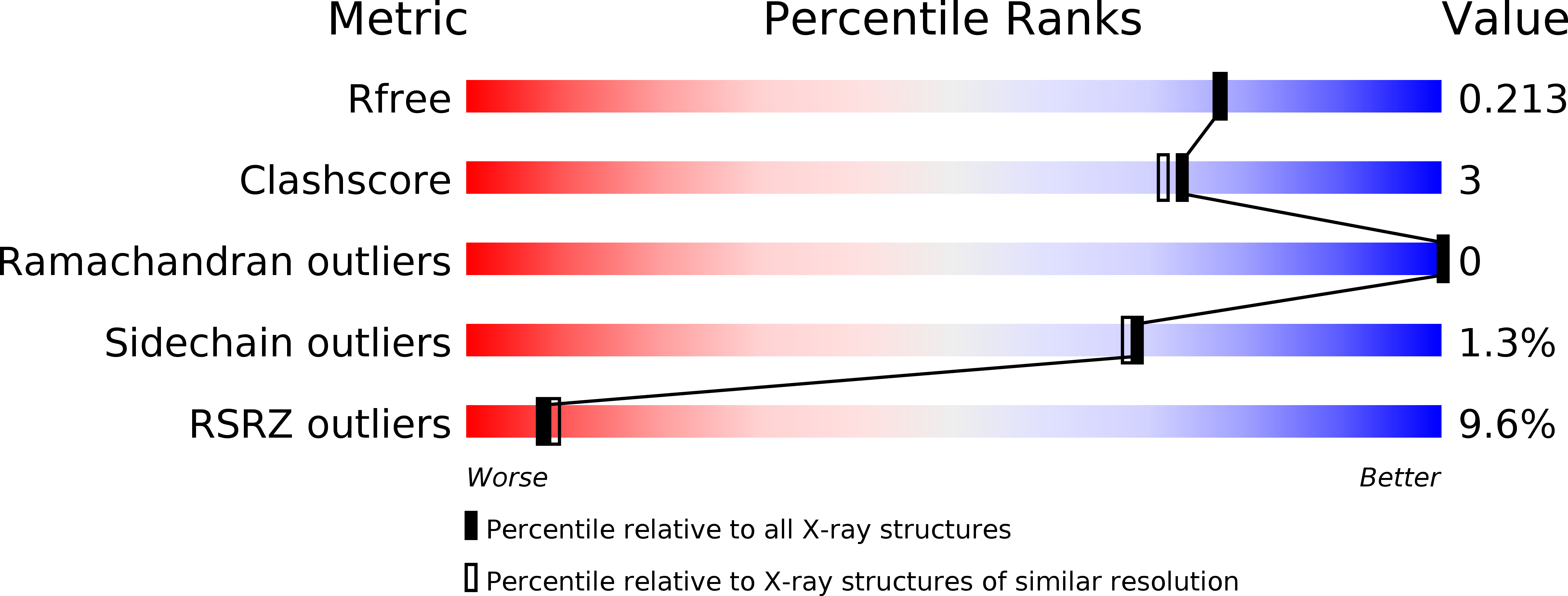
Deposition Date
2011-11-10
Release Date
2012-10-03
Last Version Date
2023-11-01
Entry Detail
PDB ID:
3UL1
Keywords:
Title:
Mouse importin alpha: nucleoplasmin cNLS peptide complex
Biological Source:
Source Organism:
Mus musculus (Taxon ID: 10090)
Xenopus laevis (Taxon ID: 8355)
Xenopus laevis (Taxon ID: 8355)
Host Organism:
Method Details:
Experimental Method:
Resolution:
1.90 Å
R-Value Free:
0.22
R-Value Work:
0.19
R-Value Observed:
0.19
Space Group:
P 21 21 21


